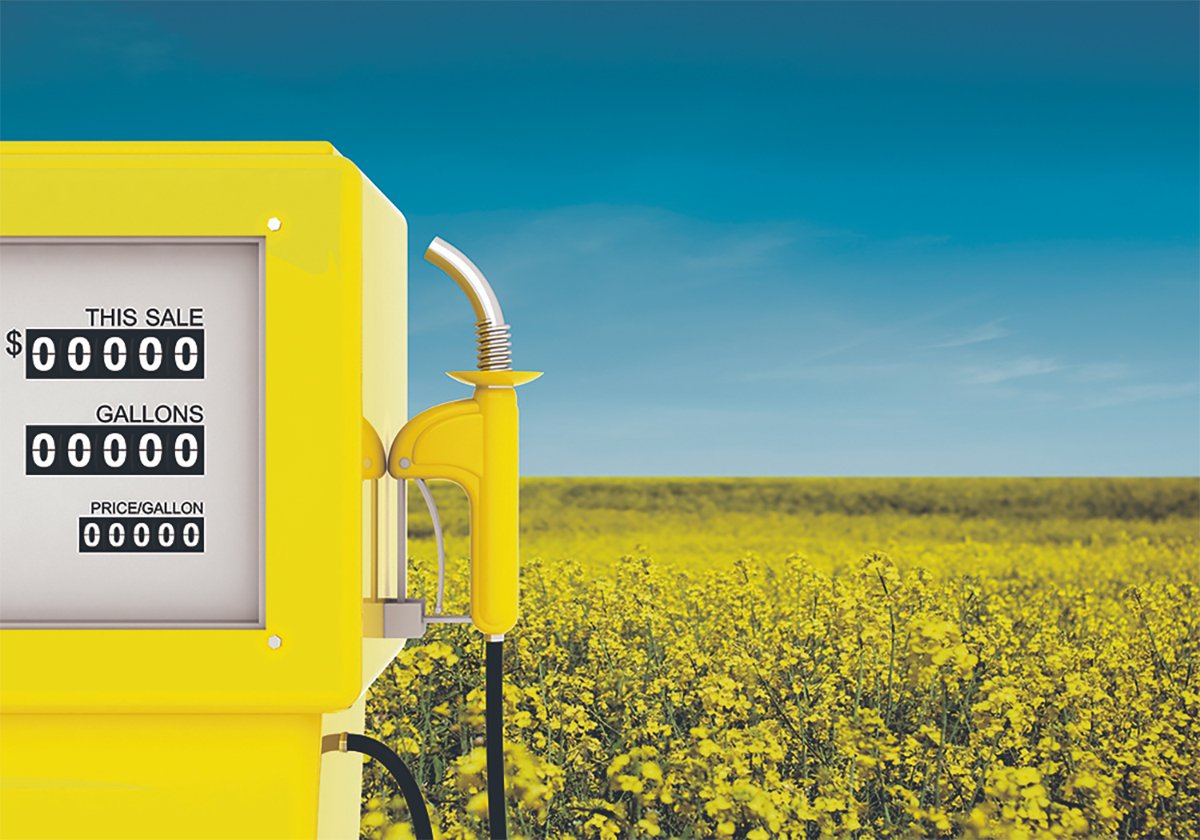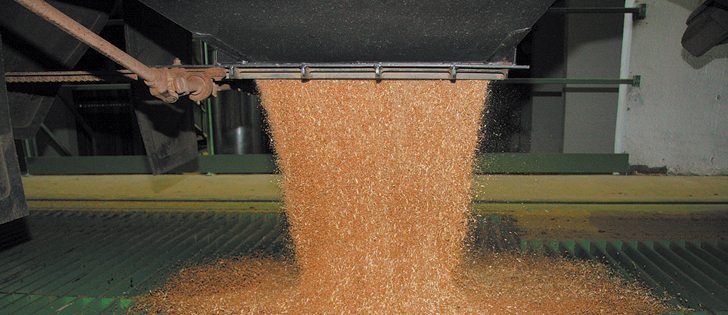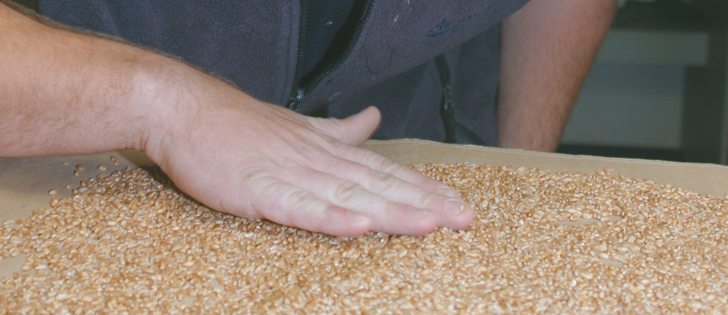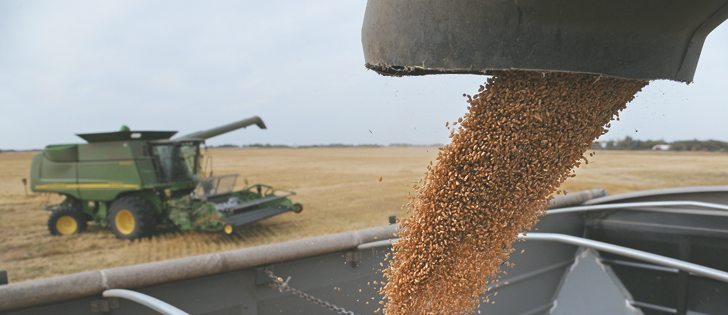Grain marketing improves | Demise of CWB single desk prompts farmers’ desire to store grain longer
Increased on-farm storage is giving farmers more marketing options for their grain, say industry officials.
Derek Johnson, sales manager of Twister and Grain Guard bins, said there is a trend toward bigger and better storage.
“We’re really seeing that transition now, not only to more on-farm storage but more segregated storage for specialty crops and for niche crops and also more large grain bin storage,” he said.
Andre Grainger, president of Westeel, said there are a number of reasons for the move toward more on-farm storage.
Read Also

Biofuel sector happy with federal budget
Advanced Biofuels Canada says new Biofuel Production Incentive is a lifeline until CFR amendments are in place.
The dissolution of the CWB’s single desk for wheat and barley has had a big impact on sales. Under the monopoly, growers knew what value they were going to get for their wheat and barley.
“It doesn’t matter if I wait one month or six months to deliver it, it’s still going to be the same price for this year,” Grainger said, referring to the price pool under the CWB monopoly.
Under the open market, growers are equipping themselves with the ability to hold their grain longer to wait for a potential price rally.
Grainger also said bins and aeration equipment have become more sophisticated, which allows farmers to keep grain longer without it spoiling.
As well, grain farming has been more lucrative the last few years so growers are able to make capital investments on their farms.
Westeel sells a lot of 18-foot diameter bins that can store 3,500 bushels of grain. They retail for $10,000 to $12,000.
However, there is also a trend toward farmers buying much larger bins. Johnson said a common size on large farms is 48 feet in diameter and nine rings tall, which can hold 55,000 bu. of grain.
Johnson estimates a typical farm can now store three quarters of its annual grain production for up to one full year.
“Because of that, (growers) can hold (grain) on farm longer and wait for certain premiums in the marketplace before they sell it,” he said.
“Now they’ve got the opportunity to explore all options.”
Derek Squair, president of Agri-Trend Marketing Inc., advises his clients to have enough bins to store their entire harvest because it gives them more marketing clout.
He estimates there has been a 25 percent increase in on-farm storage capacity in the past five to 10 years, not only through more and bigger bins but also through the widespread adoption of storage bags.
Squair said the market has been telling growers to build more storage by having a $9 to $10 per tonne carry between futures months.
“The market in the last three years has paid a lot for storage.”
He said growers will almost always get better prices and basis levels if they wait for a few months instead of marketing their grain straight off the combine. This year might be an anomaly because of the short North American crop and prospects for a huge South American crop early in 2013.
Canola basis levels can often improve $40 per tonne for growers who wait until February to sell rather than delivering in September. Storage costs typically amount to $1.80 per tonne per month, so keeping the grain until February would cost a grower $9 per tonne.
Adequate storage also eliminates the headaches of having to deliver grain during harvest, when a large operation may have 20 people working on combines, trucks and augers.
“You don’t have time to be hauling grain to the elevator,” said Squair.
Alberta Agriculture has produced a document on the pluses and minuses of storing grain.
The benefits include avoiding selling grain when prices are at their seasonal lows and basis is widest, avoiding harvest disruptions and lineups at the elevator and helping manage income for tax purposes.
The minuses include extra grain handling, increased risk of spoilage, theft and fire, an inability to deliver for immediate payment, incurring storage costs and having to deliver during difficult weather.
Storage costs include building and maintaining the bins, the opportunity cost of receiving money earlier and using it to pay down debt or invest and the impact of changing basis levels on cash prices.
Costs can vary widely depending on a farmer’s circumstances. For instance, they may range from $1.25 per tonne per month for a farmer who is debt-free to $10 per tonne per month for somebody who is financing credit card debt.
Johnson said more farmers are also buying bins with aerators, which also increase costs.
















